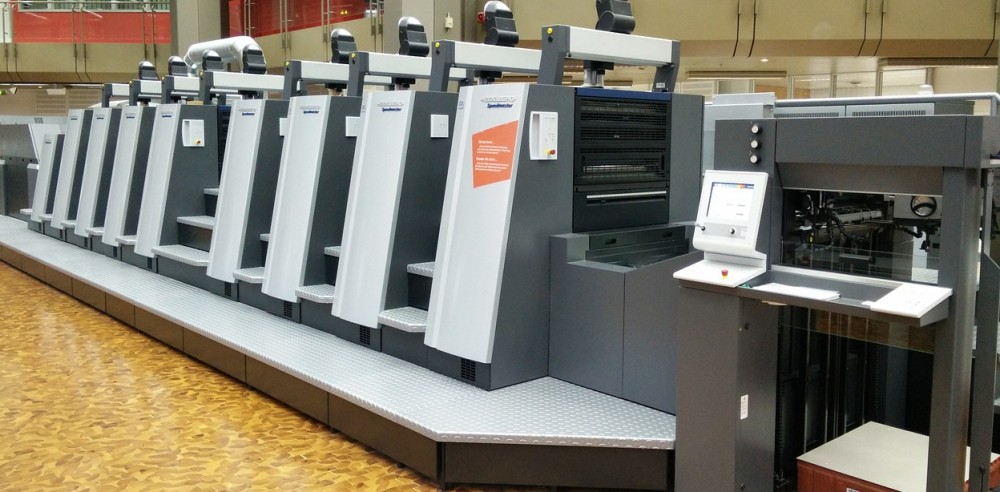You’ve decided you need a brochure; that’s the easy bit done. Now all you need to do is write the content, design it and have it printed. Whilst we do not want to underestimate the copy or design, we’ll assume you’ve sorted both of these tasks.
Isn’t printing the easy bit? Maybe, but it depends who you’re working with to produce the print. There are actually a large number of variables when it comes to print and unless you’re closely involved in print production, there’s no reason why you should be in a position to make the correct choices. Unfortunately, it isn’t always a safe assumption that your designer knows much about print either; you’ve only got to see the range of formats files we receive, all supposedly ‘ready to print’!
Let’s look at some of the questions you need to answer.
How many copies do you need?
The answer to this question will often dictate the choice of whether to print your document digitally or using litho. Both have advantages and disadvantages, put simply, digital allows you to have a smaller number of copies and also offers greater versatility in terms of customising each copy.
For larger runs, litho offers much cheaper costs per copy. Litho also allows things such as spot lamination (allowing you to apply a gloss finish to certain areas, for example). You need a trustworthy printer to advise you on which technology to use, you don’t want to be lead purely by which technology they have in house.
What paper stock should you use?
You probably are used to different weights of paper, because you might have two or three qualities of paper in your office printer. Paper weight is measured in gsm, or grams per square metre, the higher the number, the thicker the paper. A thicker, or heavier paper will make your document feel a better quality, but obviously heavier papers cost more. Papers also come in a variety of finishes, from matt to gloss, depending on the print process being used.
How would you like your document finishing?
The term finishing covers everything from lamination (applying a matt or gloss coating), creasing and folding and then binding, stitching or stapling. Again, a fair few choices to make, all of which will fundamentally affect how your document turns out, and more importantly, how the people you hand it to will perceive you and your products.
Last but not least, will your printer give your document the ‘once over’ to check for any glaring typos? Unfortunately, most printers see their role as printers, not proof readers and whilst this is strictly true, it doesn’t help you much when you receive 10,000 copies of your brochure with your address spelt incorrectly!
There are many reasons why you should choose one printer over another. We encourage you to have a chat with printing companies before you make a decision. You won’t be made to feel stupid because you don’t understand all the technicalities, you won’t feel you’re being advised down a certain route because it’s more profitable for the printer and you’ll certainly feel confident that your printer will do their very best to make sure there are no typos in your finished document.
At PNG Digital we’ll happily take the time to discuss and advise you on your options.
